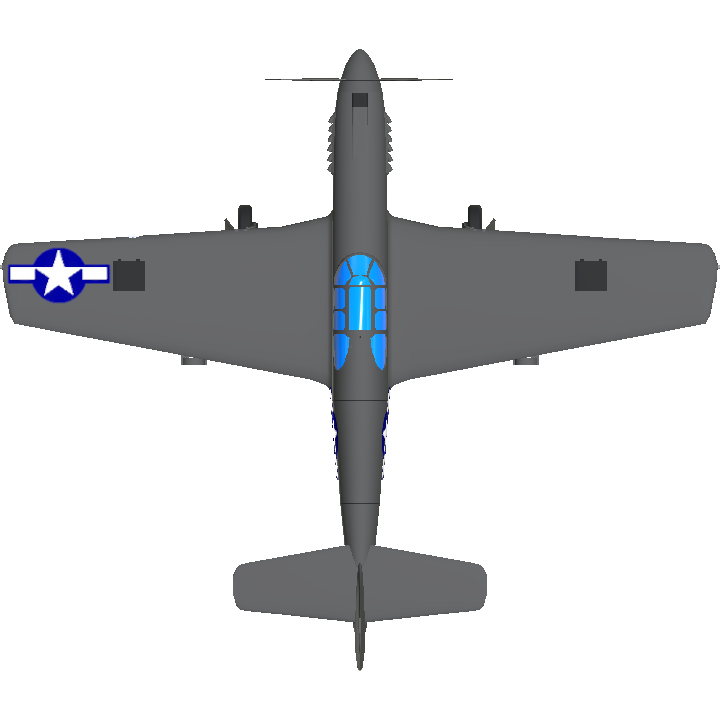AG1 - Navigation/Position Lights
AG2 - Recognition Lights
AG3 - Landing Light
AG4 -
AG5 - Dive Brakes
AG6 - Bombs Drop
AG7 -
AG8 -
National Museum of the United States Air Force
Also nicknamed the "Apache” or “Invader," the A-36A dive bomber was the first US Army Air Forces version of the Mustang, officially developed for Britain in 1940. The first A-36 flew in September 1942, and North American Aviation completed production of 500 A-36As in March 1943.
Assigned to the 27th and 86th Bombardment Groups (Dive), the A-36A first saw action over the Mediterranean island of Pantelleria in June 1943. During the Italian campaign, A-36A pilots flew bomber escort and strafing missions as well as ground support bombing attacks. A-36As also served with the 311th Fighter-Bomber Group in India. In 1944, bomb rack equipped P-51s and P-47s replaced the A-36A when experience showed that these high-altitude fighters were more suitable for low-level missions than the A-36As.
TECHNICAL NOTES:
Armament: Six .50-cal. machine guns; 1,000 lbs of bombs externally
Engine: Allison V-1710 of 1,325 hp
Maximum speed: 365 mph
Cruising speed: 250 mph
Range: 550 miles
Ceiling: 25,100 ft.
Span: 37 ft.
Length: 32 ft. 3 in.
Height: 12 ft. 2 in.
Weight: 10,000 lbs. loaded
Specifications
General Characteristics
- Created On Android
- Wingspan 37.3ft (11.4m)
- Length 32.2ft (9.8m)
- Height 12.9ft (3.9m)
- Empty Weight 8,499lbs (3,855kg)
- Loaded Weight 9,164lbs (4,157kg)
Performance
- Horse Power/Weight Ratio 0.185
- Wing Loading 34.4lbs/ft2 (168.0kg/m2)
- Wing Area 266.4ft2 (24.8m2)
- Drag Points 2486
Parts
- Number of Parts 531
- Control Surfaces 0
- Performance Cost 1,948





